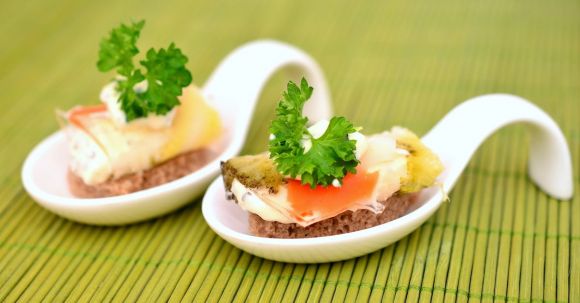Food has always been more than just sustenance. It is an art form that engages all our senses, from the vibrant colors of a perfectly plated dish to the tantalizing aroma that fills the air. In recent years, food photography has gained popularity as a way to capture and share the beauty of culinary creations. Let’s delve into the art of food, exploring both the world of gastronomy and the artistry behind food photography.
The Gastronomic Experience
For centuries, food has been an essential part of human culture. From elaborate feasts in ancient civilizations to modern-day culinary masterpieces, the art of cooking has evolved and diversified, becoming an integral part of our lives. Chefs around the world dedicate themselves to creating dishes that not only taste delicious but also appeal to our visual senses. The presentation of a dish is just as important as its taste, as it enhances our overall dining experience.
The Plating Aesthetics
Plating is an art in itself. Chefs carefully arrange ingredients on the plate, considering color, texture, and balance. Each dish is a canvas, and the chef is the artist, using various techniques to create visually stunning masterpieces. From intricate garnishes to precise drizzles of sauce, every element on the plate has a purpose. The art of plating is about creating a harmonious composition that is both visually appealing and enhances the flavors of the dish.
Capturing Culinary Beauty
With the rise of social media, food photography has become a popular trend. People are constantly sharing images of their meals, showcasing not only the taste but also the aesthetics of what they consume. Food photographers play a crucial role in capturing the beauty and essence of culinary creations. They use their skills in lighting, composition, and styling to create visually striking images that evoke a sense of desire and admiration.
The Art of Styling
Food styling is a fundamental aspect of food photography. It involves arranging the elements in a way that highlights the dish’s best features and creates a visually appealing composition. Stylists meticulously arrange ingredients, props, and backgrounds to create a visual narrative that tells a story about the dish. From choosing the right plates and utensils to adding decorative elements, every detail is carefully considered to create a captivating image.
Lighting and Composition
Lighting is crucial in food photography, as it can make or break an image. Natural light is often preferred as it brings out the true colors and textures of the food. Photographers use diffusers and reflectors to manipulate light and create the desired effect. Composition is also essential, as it determines how the viewer’s eye will navigate the image. The rule of thirds, leading lines, and symmetry are just a few techniques used to create visually pleasing compositions.
The Visual Feast
Food photography allows us to appreciate the artistry behind culinary creations. It enables us to experience the beauty of food beyond its taste and smell. By capturing the vibrant colors, intricate details, and textures of dishes, food photography invites us to embark on a visual feast. It inspires us to explore new flavors, try new recipes, and appreciate the art of cooking.
In conclusion, the art of food encompasses both the culinary delights created by talented chefs and the artistry behind food photography. From the careful plating techniques to the meticulous styling and lighting in photography, food is elevated to a visual art form. Whether we are dining in a restaurant or scrolling through food images on social media, we can appreciate the beauty and creativity that goes into every dish. So next time you sit down for a meal, take a moment to admire the artistry on your plate before you indulge in the culinary delight.
